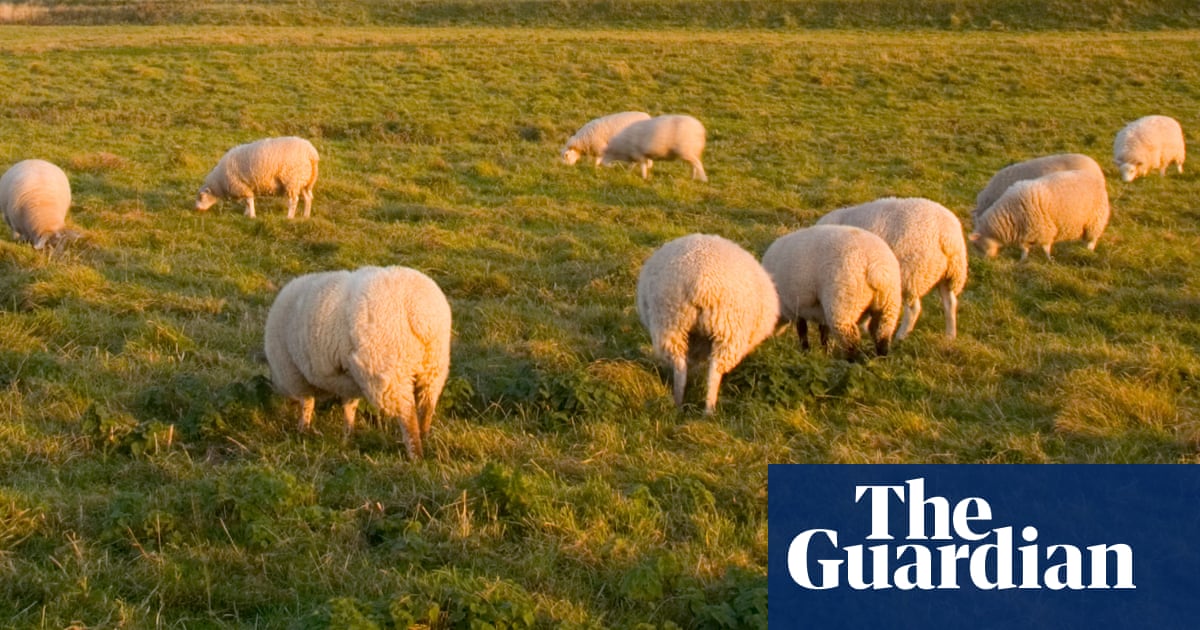Reports that English Heritage, the charity that runs more than 400 state-owned buildings and monuments, plans to reduce its staff and opening hours as part of a cost-cutting drive should worry anyone who cares about the nation’s culture. These castles, ruins and other sites play an important part in people’s lives – particularly on weekends and holidays, when treasured memories are made. The value placed on access to these historic places can be seen from the fact that more than 1.3 million people are members. Stonehenge has 1.5 million visitors annually.
It and other jewels in the charity’s crown will be left alone by the accountants. Winter closures are planned only at less-favoured sites where visitors are sparse, bosses have said. But given that membership, visitor and volunteer numbers are all up, it is concerning that the charity is so short of money that it may cut nearly 200 jobs.
English Heritage is a less-glamorous cousin to the UK’s best-known buildings and landscapes charity, the National Trust (which operates in Northern Ireland and Wales as well as England). While the Trust, which was founded in 1895, has an elected council of members, English Heritage’s members get free entry and parking but no voting rights. Measured by members and income, English Heritage is roughly a fifth of the Trust’s size, and has existed in its current form since 2015.
This was when David Cameron’s government decided to take away its government grant and spin it off as an independent entity. The optimistic gloss put on this was that it would enable the organisation “to grow with greater freedom”. Instead, just a couple of years after public funding was fully phased out, there is a real chance that the charity’s work will be degraded as a result of the need to make savings.
A consultation with staff and their unions is ongoing. But MPs, members and anyone with an interest in the heritage sector should be dismayed by the prospect of the charity’s workforce being deskilled, as curators are replaced by less-expensive managers. Tourists as well as local visitors expect high-quality information and displays at landmarks such as Dover Castle and Hadrian’s Wall. But these kinds of visits, combining historical education with pleasure (shops, cafes, children’s games), have been decades in the making – with roots in the postwar campaign to democratise leisure by opening up beautiful buildings that were previously the preserve of the very wealthy to the ticket-buying public.
Experts are part of this winning formula. It is their knowledge that English Heritage, and other organisations, rely on when designing an experience – for example, the walk around the site of the Battle of Hastings – or updating displays to reflect contemporary concerns.
English Heritage’s chief executive, Nick Merriman, has only been in post for a year. His aim will be to strengthen the organisation by recruiting more members and volunteers. The interest in Tudor England kindled by the BBC’s adaptation of Hilary Mantel’s Wolf Hall trilogy could provide a boost to monasteries and abbeys such as Binham and Rievaulx. But with costs rising, it is not an easy task. Castles that have survived for hundreds of years can withstand a downturn in their keepers’ fortunes. But the historic public realm that they represent, like the rest of the culture sector, is in need of knights to defend it.

.png) 2 months ago
22
2 months ago
22













































